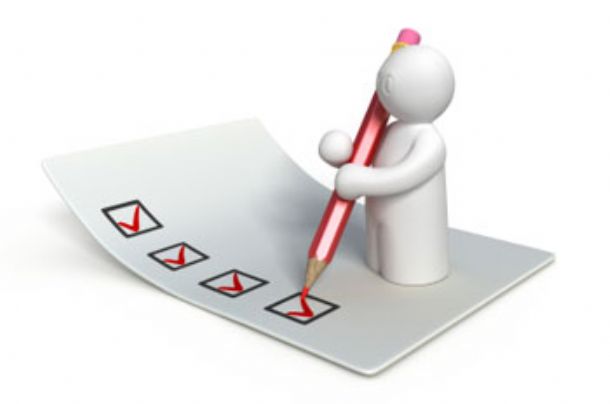

Hale KAYA
Salih Kaan KALYONCU
Gamze DURAK
Translated by Roksana XHEKA
Foreword:
The purpose of this book is about Drama classes not being common in Turkey. Only recently it has started being practiced, which shows, that can lead the student to be active in lessons as well as it can also lead to a very productive course. In this book, you will see a drama lesson plan template based on Social Studies with the topic of Individual differences and based on outcomes set by the Ministry of Education.

Subject:Social Studies
Topic: Individual Differences
Duration: 40 + 40 minutes
Outcomes: 1. Acknowledgement and acceptance of individual differences
2. Showing respect towards others feelings and thoughts
Strategies: Drama method, Improvisation, Photography Frame, Teacher’s involvement, Hot Chair, Inner voice, Consciousness Hallway.
Notes: Tülay Üstündağ ‘Yaratıcı Drama Öğretmeninin El Kitabı’, İnternet,Uludağ Üniversitesi Öğr.Gör.Şehnaz SUNGURTEKİN Drama Lessons, Social Studies Students Book (Evrensel İlt.Yay.)

First Activity In this activity the students will be asked to walk freely following the regional music being played on the background and when they hear the music has stopped, they have to separate in groups of 5 or 6.Every student on their own groups will have to tell their friends about the hair color, eye color, heights, weights and are asked to listen carefully as all of them share. ( In this activity music can be chosen by the teacher or students as well).

Also, as an option the teacher can show to the children a video about a deaf and mute shepherd and the eagles attacking the flock of the Bingol region’s eagle game and ask from them to create a short regional game according to the music they heard from the video.


First Activity:
The teacher asks the group to separate in 2 groups as A and B. “A group after a while you will leave on a trip. That’s why you should prepare your suitcases. Where would you like to travel and what would you put inside the suitcase” are questions she asks them. After this, B group is asked to perform where would they go and what did they put inside their suitcases. The teacher tells the second group to watch carefully as the first group performs. Some time will be given to both of the groups to prepare for their performances. As they start their performances both of the groups have to guess where have they gone and what have they put inside the suitcases.




- All groups performances are ended using the “photography frame” technique
- During the performances the teacher gets involved as a stewardess.
- After the performances they talk about the conversation between A’s and B’s and the way they talked, what did they do convince each other and how did they feel during persuasion.
- The ones who came up with different kind of solutions comment based on those solutions.

Second Activity:
After the first activity is over, we pass to the second one to draw the attention on the individual differences. We have a character named Mehmet. He’s an albino and genetically his hair and skin are white. That’s why he’s different from all his other friends. Because of this, his friends make fun of him, they give him nicknames. One day a friend while making fun and enjoying, Mehmet couldn’t stand any longer, so he starts a fight with his friend and end up going to the administration. After the teacher finishes reading the situation to the children, they start sharing roles. The event is based on the directors room, in the classroom where the students make fun of Mehmet, a friend fighting with Mehmet, Mehmet’s family coming to school and so on.
Stages:
- While Mehmet and his friend wait in front of the door of the director’s office, students chosen to perform the inner voices get involved as well. After the voices the students get in the room and start talking
- Other students can join in while at the director’s room.
- The teacher gets involved in the other part of the class as a gossiper.
- Mehmet’s family and after the talks, Mehmet starts thinking about his past and the groups of six which were created before, they get together and perform Mehmet’s thought using the “Photography Frame”.
- After the performances, children stand in front of each other by forming the consciousness hallway. Mehmet and his friend start walking through the hallway.
- In the end, Mehmet and his friend will be sat in the “Hot Chair” and the class is going to ask questions about the character.

The groups while performing will be able to solidify what they did right and correct what they did wrong. From each group a child with the main role will be sat at the chair and questions will be directed based on the character he/she performed etc. In the end to test if the outcomes have been reached, the teacher asks the children if there were any point or situations based on the outcomes and after listening to all the answers, another debate can be raised up and the children can be asked to add their comments whether they can find creative solutions.
Published: Feb 17, 2015
Latest Revision: Feb 24, 2015
Ourboox Unique Identifier: OB-32385
Copyright © 2015








